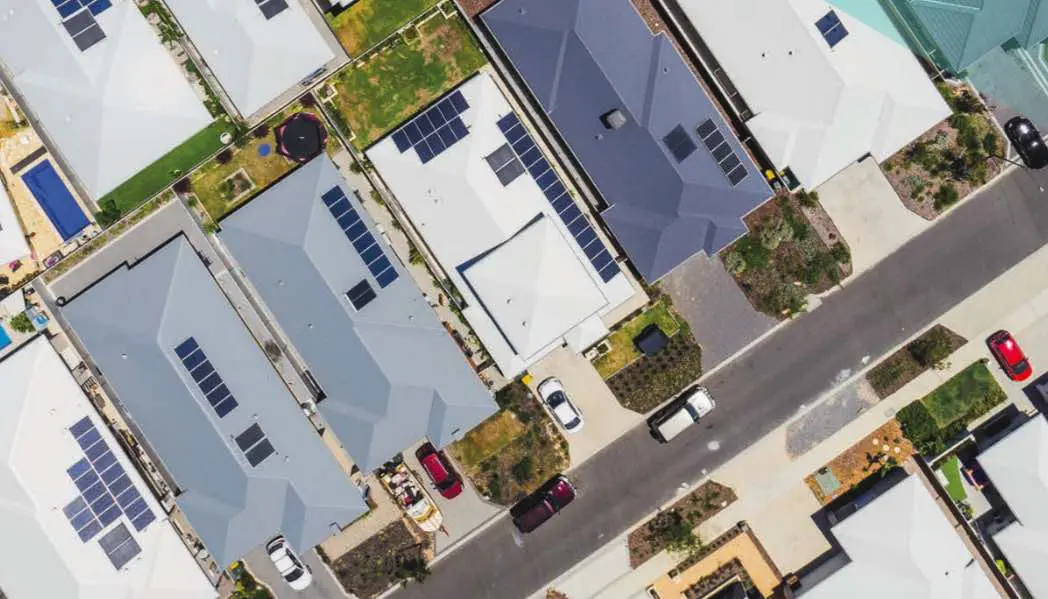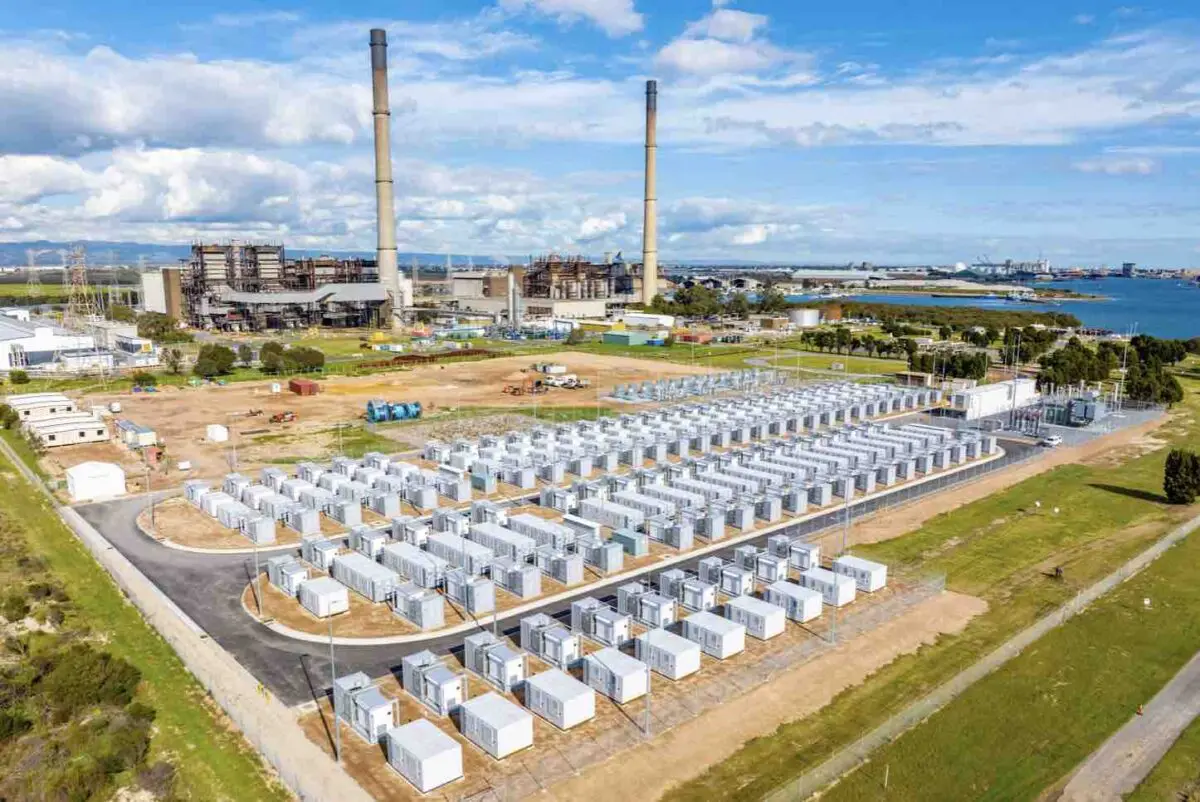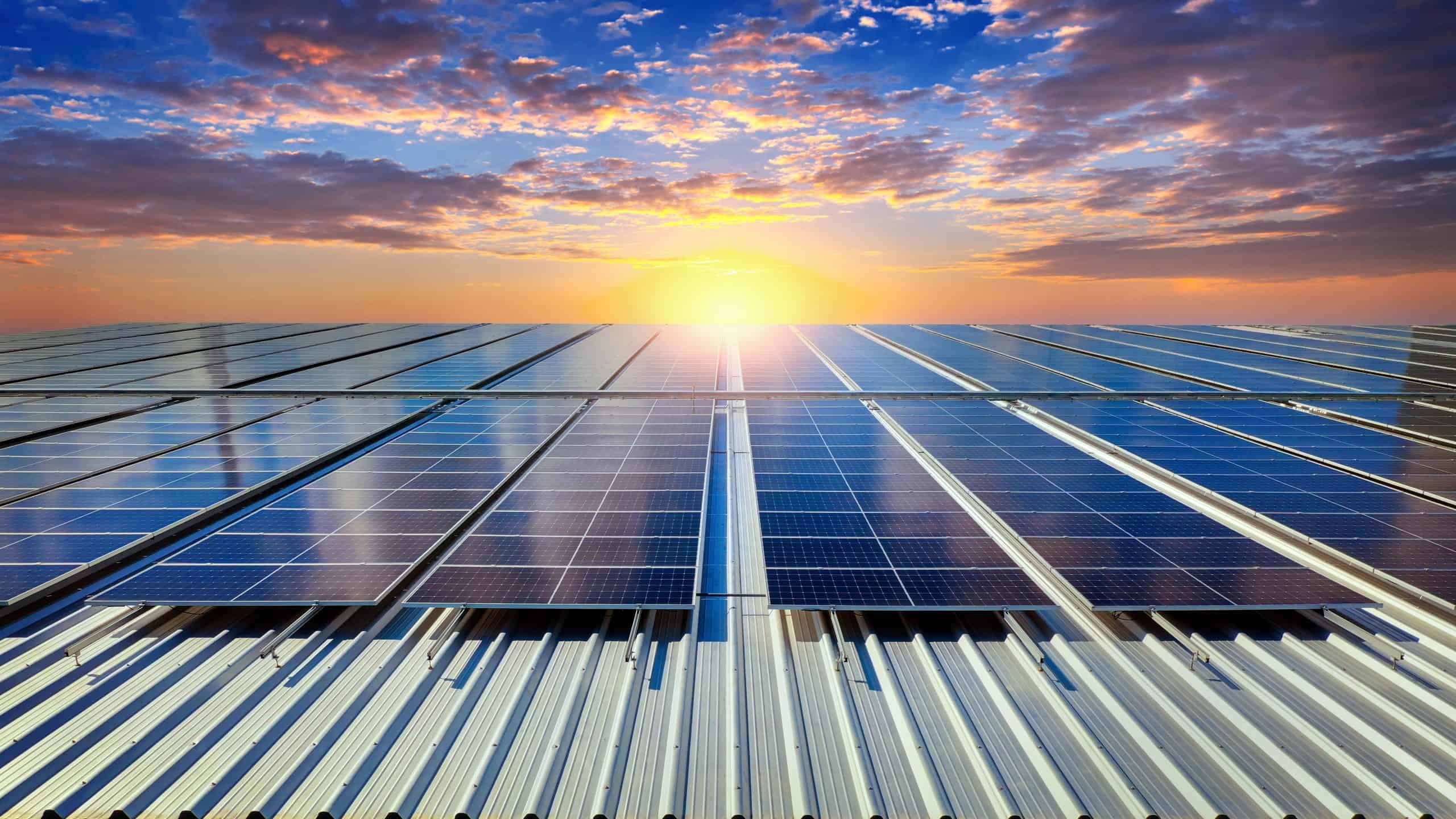Rooftop Solar Generates a Record 74% of the World’s Total Standalone Grid’s Energy

Of particular note is the impressive 74% contribution of solar energy to the grid during the 12:30 p.m. trading interval on September 17. While this demonstrates solar’s potential, it also highlights the need for robust grid management strategies to ensure stability during unforeseen events.
The drop in “operational” demand to 659 MW is noteworthy, indicating the potential for further solar adoption and reduced reliance on fossil fuels. However, concerns about resource availability during grid disturbances, as raised by AEMO, emphasize the importance of investing in energy storage and grid resilience.
In summary, West Australia’s record-breaking solar generation signifies the nation’s transition to clean energy. But it also underscores the necessity of careful planning and infrastructure investment to secure a sustainable and reliable energy future.
Read more for a detailed analysis.
Big Batteries and Solar Push the Grid to New Limits

In South Australia, solar energy shines as it recently supplied 120% of the state’s local demand. This demonstrates the growing efficiency of solar infrastructure, with surplus energy benefiting neighbouring Victoria and enhancing grid resilience.
However, solar power isn’t the sole hero of this transformation. Wind and battery storage play pivotal roles, as demonstrated by wind power surging to 141.4% of local demand. This synergy between wind and advanced battery technology ensures grid stability during fluctuations.
This diversified approach to energy generation underscores the importance of a varied energy mix, reducing reliance on fossil fuels and embracing sustainability.
In conclusion, Australia’s spring season showcases remarkable progress in its energy transformation, promoting sustainability and resilience.
Read more for deeper insights.
On Australia’s Main Grid, Renewables Surpass 70%, Sending Coal to Record Lows

This milestone signifies a substantial leap toward a predominantly solar and wind-powered grid, surpassing the previous record set just days earlier. Rooftop solar, with a 37.4% share, played a crucial role, emphasizing the importance of decentralized energy production.
This achievement isn’t an isolated event but a glimpse into Australia’s renewable energy future. Continuous investments, technological advancements, and sustainability commitments make further records likely.
Australia’s embrace of renewable energy not only benefits the environment but also the economy, creating jobs in the renewable sector and ensuring a sustainable energy future.
For an in-depth analysis, read more about this remarkable development.
See past solar tidbits here: https://bit.ly/SolarTidbits

